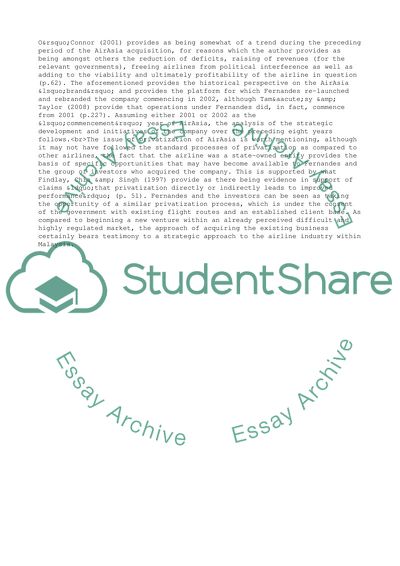Cite this document
(The Competitive Advantage of AirAsia Strategic Operations Management Case Study, n.d.)
The Competitive Advantage of AirAsia Strategic Operations Management Case Study. Retrieved from https://studentshare.org/management/1741335-strategic-planning
The Competitive Advantage of AirAsia Strategic Operations Management Case Study. Retrieved from https://studentshare.org/management/1741335-strategic-planning
(The Competitive Advantage of AirAsia Strategic Operations Management Case Study)
The Competitive Advantage of AirAsia Strategic Operations Management Case Study. https://studentshare.org/management/1741335-strategic-planning.
The Competitive Advantage of AirAsia Strategic Operations Management Case Study. https://studentshare.org/management/1741335-strategic-planning.
“The Competitive Advantage of AirAsia Strategic Operations Management Case Study”, n.d. https://studentshare.org/management/1741335-strategic-planning.


